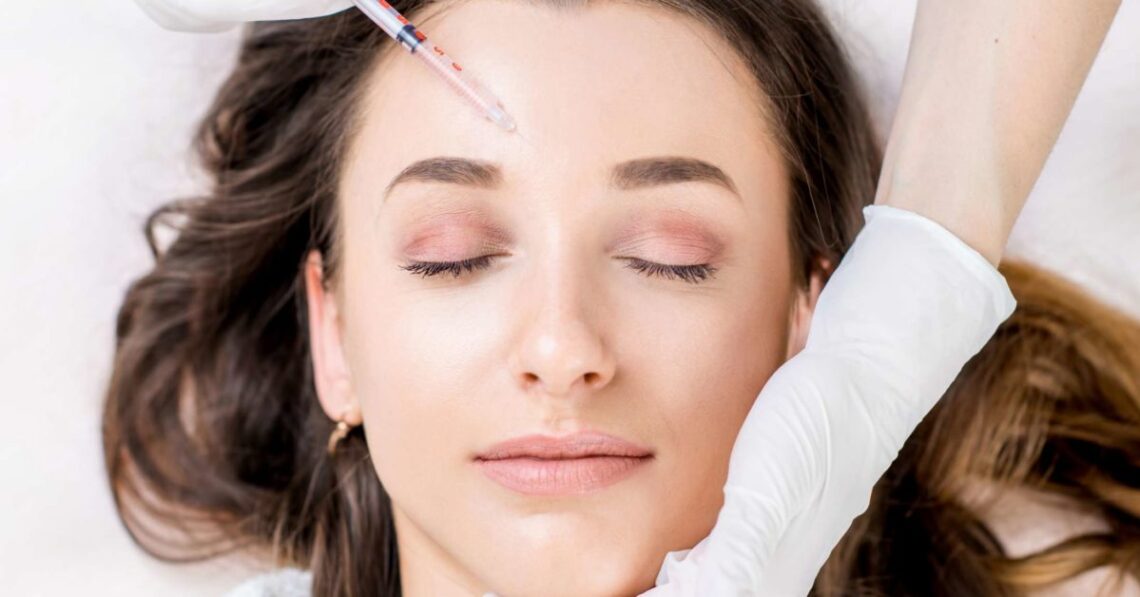
Adding Acids To Your Skincare Routine: Is it really necessary?
The word acid seems to bring a scary image to your mind. However, when it is used at the right and accurate concentrations, acid is a very beneficial ingredient needed in skincare products. What is acid anyway? According to Dr. Dendy Engelman who is Elizabeth Arden Consulting Dermatologist, acids help people fight against dyspigmentation, wrinkles, and acne. Let’s learn more about acids to find out why you need them in our skincare regimens.
There are two categories of acids, AHA and BHA. AHA or alpha hydroxy acids and BHA or beta hydroxyl acids play different roles in our skin. When AHA concentrates more on anti-aging, BHA tends to focus more on acne conditions. There are common acids used in skincare products, such as lactic acid, citric acid, hyaluronic acid, glycolic acid, retinoic acid, salicylic acid, and ferulic acid. Of course, there are more acids used as ingredients in skincare, such as mandelic acid, azelaic acid, and kojic acid.
Lactic acid is part of AHA which is very commonly used in anti-aging products. Compared to other AHAs, lactic acid is gentler and milder so it is safe for sensitive skin. Pregnant women do not have to worry because lactic acid will not harm the baby inside. Lactic acid exfoliates the outer layer of our skin and sloughs off the dead cells. What is the result? Your skin will be brighter and smoother. The dead cells peel helps you to reduce acne because it will keep your pore clear and reduce excess oil. The exfoliation also may slow down due to aging, dehydration, and reduce dull skin. An important note for you to consider when using lactic acid is, the same as other AHAs, always apply sunscreen before going outdoor. All AHAs make your skin more sensitive to the sun.
Citric acid is derived from oranges and lemons and is known as a part of AHA which is safe for all skin types, except those who have certain allergies. Citric acid contains antioxidant that helps you to prevent sun damage. Compared to lactic acid, citric acid has larger molecules so it is harder for your skin to absorb and considered weaker and less potent. For oily skin types, citric acid is very helpful in drying out the excess oil so the skin will look cleaner.
Hyaluronic acid is beneficial for hydrating skin. This acid is safe enough to use daily for all skin types. The next common acid is glycolic acid which has the same job field as lactic acid. This part of AHA brings fresh new skin because it sloughs off the dead cells and really supports the anti-aging fight. Retinoic acid minimizes the fine lines in our face and improves skin elasticity. Sun exposure can cause brown spots and retinoic acid can help you to solve that problem. Acne-prone skin may have salicylic acid in the skincare used. It plays a role as an anti-inflammatory which is good for acne. For anti-aging, ferulic acid helps you prevent damage from sun exposure, such as wrinkles.
After knowing the benefits offered by acids, you can conclude that adding lactic, citric, and other acids to your skin-care regimen is important. As long as it is used with the right concentration, good effects will appear. For safety, you may try to use the lower concentration of acid and make sure it does not damage your skin. Then, you can slowly increase the acid concentration. However, you should know exactly what your skin wants and needs. For example, if you are aiming at acne-prone skin, you can go to salicylic acid, glycolic acid, or lactic acid. Remember not to randomly mix the acids because it can cause extreme skin irritation.

